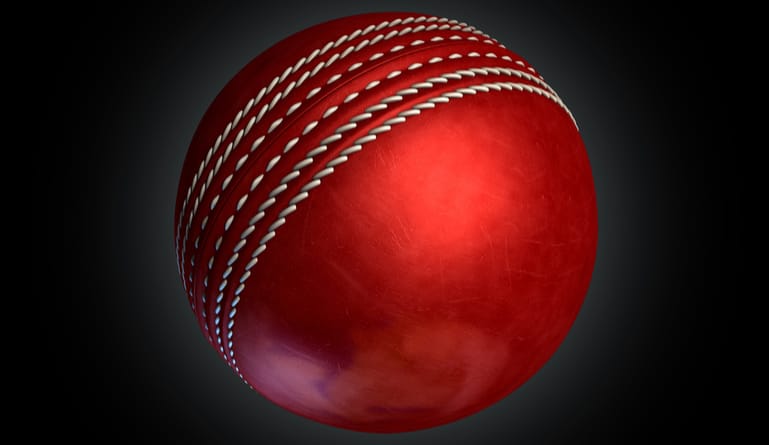Where the Internet of Things – IoT – was once relegated to places like people’s homes in the form of smart thermostats and smart appliances, it’s moved onto the pitch. This means that companies are realizing the practical application of both artificial intelligence – AI and IoT in sporting arenas.
AI-powered IoT is already changing the sporting industry – here is how it’s affecting the game of cricket.
AI and IOT Technology has the power to change everything – even sports
Here are several ways that AI and IoT -powered devices are helping to improve the performance of cricket players, as well as how it may help fans get more out of every match.
Wearable Tech and Performance
Wearable tech, like Fitbits, have been helping regular and aspiring athletes for years now. Wearables can tell users a lot about their physical experience, including heart rate, distance traveled, calories burned, sleep quality, and more. It makes sense, then, that this technology could move into different wearable items to tell professional athletes about their performance.
Spektacom has joined forces with Microsoft to create cricket-specific IoT enabled equipment to help create a comprehensive picture of a player’s abilities. The cricket bat they’ve developed features several sensors to capture information such as impact and speed of the swing, as well as the angle and distance of the ball. Once this data is captured, it’s transferred to the cloud where an AI program runs an analysis and shares the details on a mobile device where coaches and players alike can see the data.
Another system called iBall has been developed by a company out of Illinois. It helps track status such as ball spin, the path taken by the ball, and even the location of the players.
With this information more easily being tracked and more accessible, everyone is better able to understand what factors specifically might be causing problems or could use improvement. It’s also possible that this technology, once out of its development phase, can offer information to sports journalists and announcers to help create an even more information-rich experience to consumers.
There are also wearables being developed that can help create a safer practice and playing experience. Items dubbed “smart shorts” contain sensors that can offer insight into a player’s movements, such as how frequently they’re accelerating and stopping and how they’re bending and twisting. All of this information can help trainers better understand the stress on a player’s body and hopefully work to prevent injuries.
Customer Experience and Communication
Some sporting teams have dabbled in adding AI-run chatbots into their technology mix to give fans a better experience, even away from the arena. Fans on the go, for instance, could message the chatbot and ask for statistics or updates, making it easier to follow their favorite teams.
Other franchises have begun the process of purchasing or developing technology that would provide an AI-assisted experience to fans when it came to buying tickets – instead of looking through a webpage to find the best price and selecting your seat from a map, AI could offer an interactive solution that walks you through your purchase like a concierge.
Finally, AI could potentially be used to recommend additional merchandise purchases based on a customer’s past buys or could be used to remind fans of an upcoming game in their area, lowered ticket prices, or offer other custom suggestions and information.
More AI and IoT technology can offer fans a more personalized experience that may, in turn, grow attendance at events, fan loyalty, merchandise sales, and ultimately the revenue for teams.
There are still limitations and gaps in the technology of AI and IoT that need to be considered when understanding exactly how it can and should be implemented in cricket, and even in sports generally. Still, promising progress has been made that may help to integrate technology into the game to make it safer for players and more satisfying and engaging for fans.





